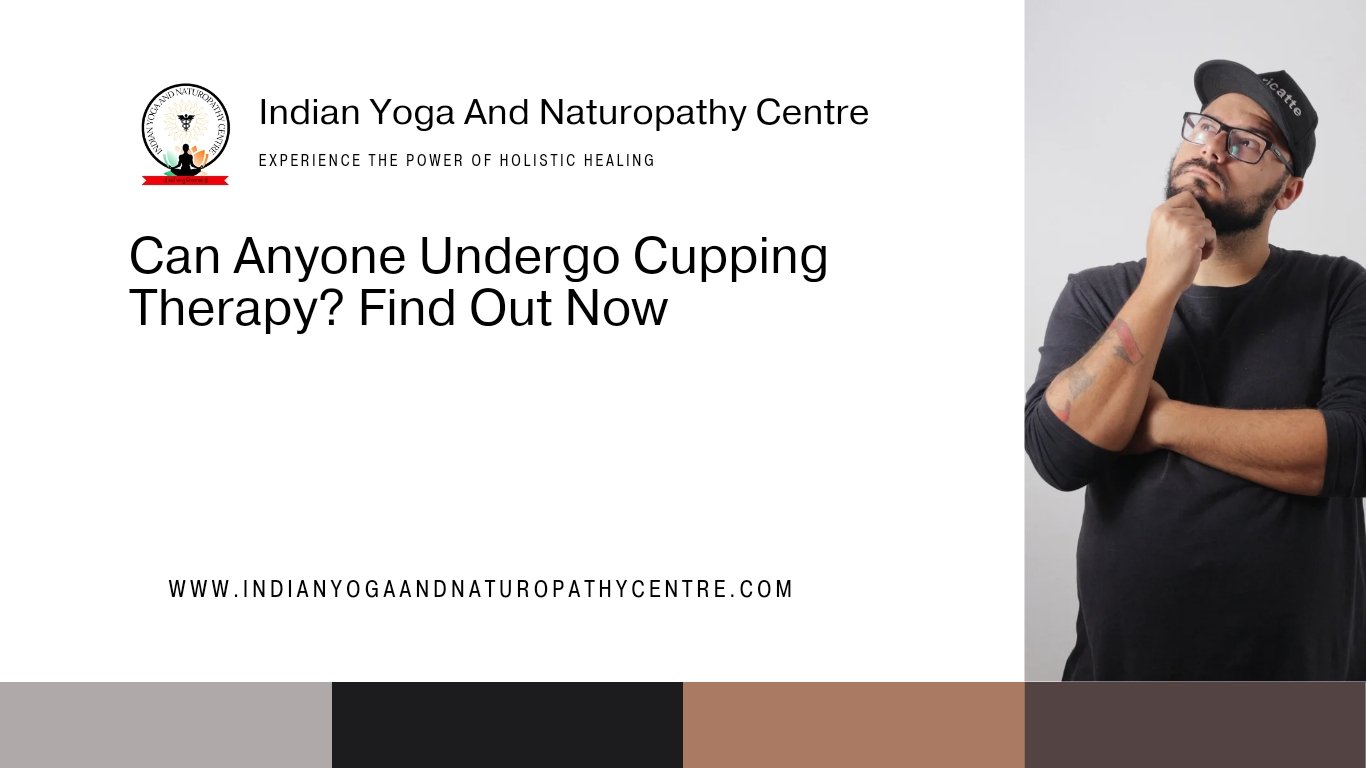Cupping therapy is a popular treatment that involves placing cups on the skin to create suction. This ancient practice can help with pain relief, relaxation, and overall wellness. However, not everyone may be a good candidate for this therapy. Let’s explore who can and cannot undergo cupping therapy.

What is Cupping Therapy?
Read | What is Cupping Therapy? Check Out Now
Who Can Benefit from Cupping Therapy?
People with Chronic Pain
Cupping therapy can help people with chronic pain, such as back pain or arthritis. The suction helps increase blood flow and reduce muscle tension.
Athletes
Athletes often use cupping therapy to speed up recovery and reduce muscle soreness. It can help improve performance and prevent injuries.
People with Respiratory Issues
Cupping can help people with respiratory problems like asthma or bronchitis. The suction helps clear the airways and improve breathing.
Who Should Avoid Cupping Therapy?
Read this blog | Cupping Therapy Risks And Side Effects | Check Out Now
Other Considerations in Cupping
Children Cupping
Cupping therapy is not recommended for very young children. Their skin is delicate, and the suction can cause damage. Always consult with a healthcare provider before considering cupping for children.
Elderly Cupping
Elderly individuals may have fragile skin or underlying health conditions. It is essential to consult a healthcare provider to determine if cupping is safe for them.
What to Expect During Cupping Therapy
Initial Consultation
Before starting cupping therapy, you will have a consultation with a practitioner. They will assess your health and discuss any concerns you may have.
The Procedure
During the session, the practitioner will place cups on specific areas of your skin. The cups create suction, which helps improve blood flow and reduce pain. The session usually lasts about 20-30 minutes.
Also Read | What Happens During a Cupping Session? Find Now
Cupping Aftercare
After the session, you may have circular marks on your skin. These marks are normal and usually fade within a few days. Drinking plenty of water and resting can help speed up recovery.
To know more | What Should Be Done After a Cupping Session? Learn Now
Is Cupping Therapy Safe?
Side Effects
Cupping therapy is generally safe when performed by a trained doctor. However, some people may experience side effects such as bruising, skin irritation, or discomfort.
Precautions
To minimize risks, always choose a qualified and experienced doctor. Make sure to discuss your medical history and any concerns before starting the therapy.
Conclusion
Cupping therapy can offer many benefits, but it is not suitable for everyone. People with chronic pain, athletes, and those with respiratory issues can benefit from this treatment. However, pregnant women, people with skin conditions, and those with bleeding disorders should avoid it. Always consult with a healthcare provider to determine if cupping therapy is right for you.
By understanding who can and cannot undergo cupping therapy, you can make an informed decision and ensure a safe and effective treatment experience.























































































































Was it Helpful ?